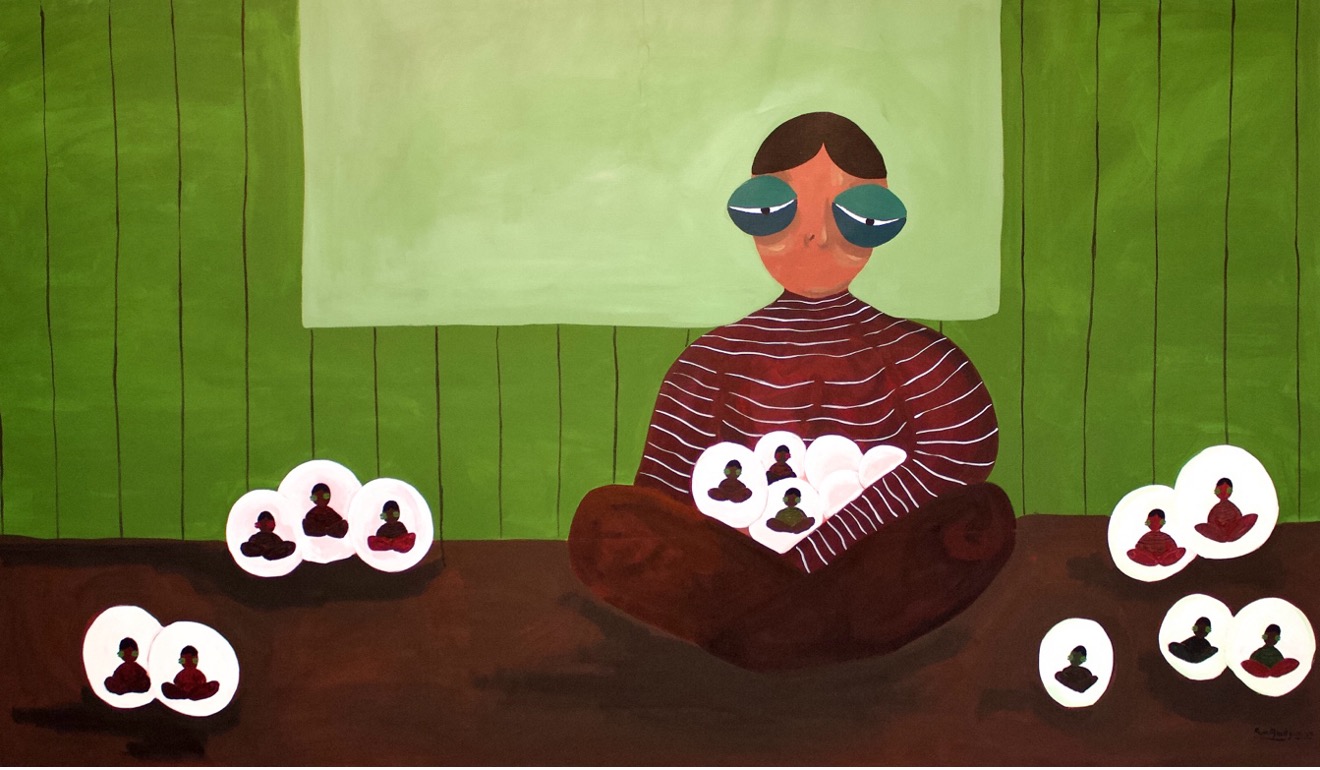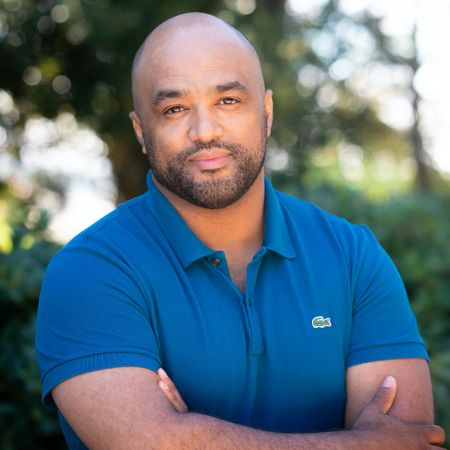What to do with the hollow promise of inclusion?
By Salah Hamdoun
We live through a period of accelerating change and deep uncertainty—from climate crises, wars, economic shocks, and forced migrations to the rise of algorithmic systems that increasingly shape daily life. This era is marked by the increasing pace of change and the growing urgency to repair fragile systems and reckon with development models now failing under pressure.
At the center of this reckoning lies the inclusion agenda that has defined global development since the 1990s—an agenda strained by deep cuts, institutional retreat, and widening inequality. As formal systems falter, a sharper question emerges: What should be done with the hollow promise of inclusion?
The recent withdrawal of the US Agency for International Development (USAID) from key global development programs was indeed a tragedy. It disrupted HIV/AIDS treatment, fractured community health systems, undermined local governance, and dismissed thousands of workers worldwide. Yet beyond its immediate impact this sudden evacuation strongly signals what is believed to be a strategic panic in response to the strength of the Chinese economy. Therefore what may seem chaotic is a return to the implicit idea of development—namely serving US geopolitical and economic purpose. This helps contextualizing the deep budget cuts, but also makes salient the uncertainty that has haunted international development since its early years.
Because similar proposed structural changes at the United Nations respond to these political pressures. While aiming to protect the world’s most vulnerable, chronic underfunding tells a darker story about the commitment to inclusion. Because withdrawals of this scale have long been driven by the moral agendas of those least affected by global harm but most poised to profit from its extractive order.
When Nancy Fraser warned in 1995 that recognition without redistribution leaves the justice project unfinished, she anticipated the recurring crises vulnerable communities now face. Inclusion, must validate identity (recognition) while also reshaping the economic structures that govern people’s lives (redistribution). Without redistribution, inclusion slips easily into neoliberal frameworks that hide inequality in plain sight.
From the Washington Consensus to Amartya Sen’s focus on freedom and social capabilities, inclusion has remained central to mainstream development theory and practice. For example, as of June 2023, USAID had made inclusive development training mandatory for staff, with 86% completing the module. This framing permeates at least seven of the UN’s Sustainable Development Goals, including education, gender equality, and decent work. Yet the persistence of instability reveals the limits of inclusion as currently practiced.
These breakdowns show that inclusion is still imagined as passive access to services, not as the power to contest, reshape or deserving of commitment by the systems that deliver them. The argument here is that while inclusion has become a dominant frame, its failure to deliver structural redistribution has deepened fragility—pushing communities toward self-organized responses outside formal systems. But also deeply dependent on the rules set by others.

The collapse of gender and health programs in Afghanistan after the US withdrawal in 2021 and the suspension of food rations in Sudan in 2023 are not isolated failures; they reveal chronic fragilities that inclusion rhetoric can no longer conceal. Yet, people do not simply wait for redistribution. Social responses—migration, remittances, informal organizing—show how communities actively negotiate their place within, and sometimes against, development systems.
Consider remittances. A practice framed as a pillar of financial inclusion. But contains and symbolizes more than simple cross border monetary transfers. These are rather acts of care, solidarity, or necessity. But at the core these are responses to a deficiency for which remittance present a way to cope and repair.
In Morocco, for example, remittances exceeded $11.7 billion in 2024—about 8% of GDP. But the true power of these number lies in the redistributive history. Early efforts faltered in the 1960s when the Moroccan government sought to formalize remittance flows. To achieve this effort bank officials embedded themselves within the Moroccan migrant communities in Paris. Including advocating on their behalf, providing information about employment, and allowing for formal , co-managing risks in the rules and the ability to negotiate directly with the Moroccan government. What made the system work wasn’t policy alone. It was also shared practice, mutual recognition and the ability to set the terms for the change that is unfolding.
In Somalia, drought intensified by the climate crisis and La Niña made remittances a lifeline. When US financial laws threatened to sever these flows in the 2010s, Somali civil society, diaspora networks, and even US lawmakers mobilized to keep them open. Their victory wasn’t charity but rather an outcome of organized resistance and demands.
The COVID-19 pandemic exposed another disconnect: while global markets shut down, remittances surged in some places. Or as the World Bank press release read on May 12, 2021, the response was “defying predictions”. Which reveals how little was captured in terms of people’s adaptive strategies in the data collected over the past two decades. Migrants with precarious jobs turned inward, maintaining flows even amid hardship.
Fraser’s insight reminds me therefore that inclusion without redistribution is able to trap people in systems not designed to give in to any of the of change required to provide stability. The unraveling we see today—from USAID’s retreat to the fragility of aid systems—may seem abrupt but is in fact the delayed consequence of long erosion, where inclusion was reduced to a hollow promise of stability or continuation. As remittance practices show, redistribution is not peripheral or optional, but core to people's strategy and protection against harm induced by change.

